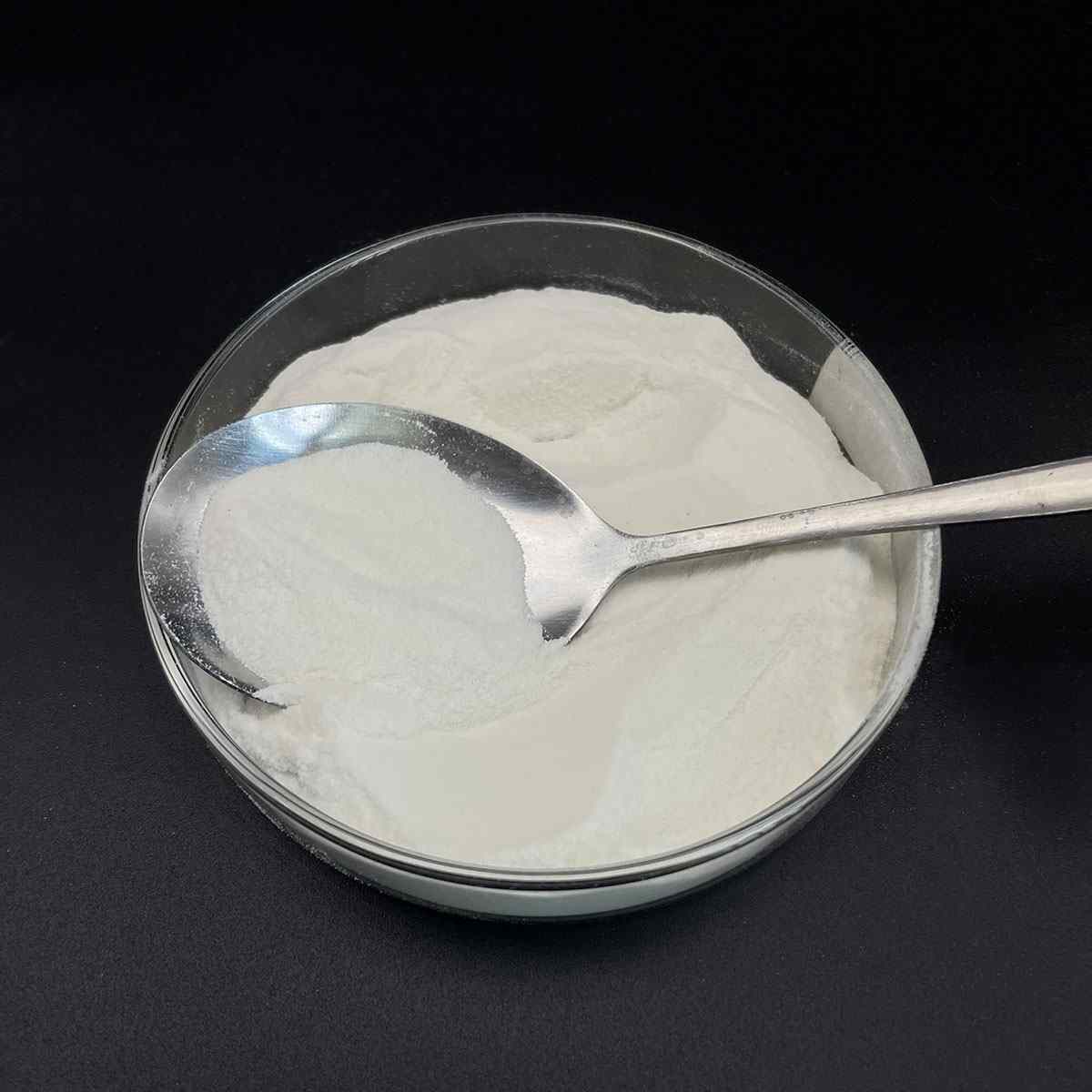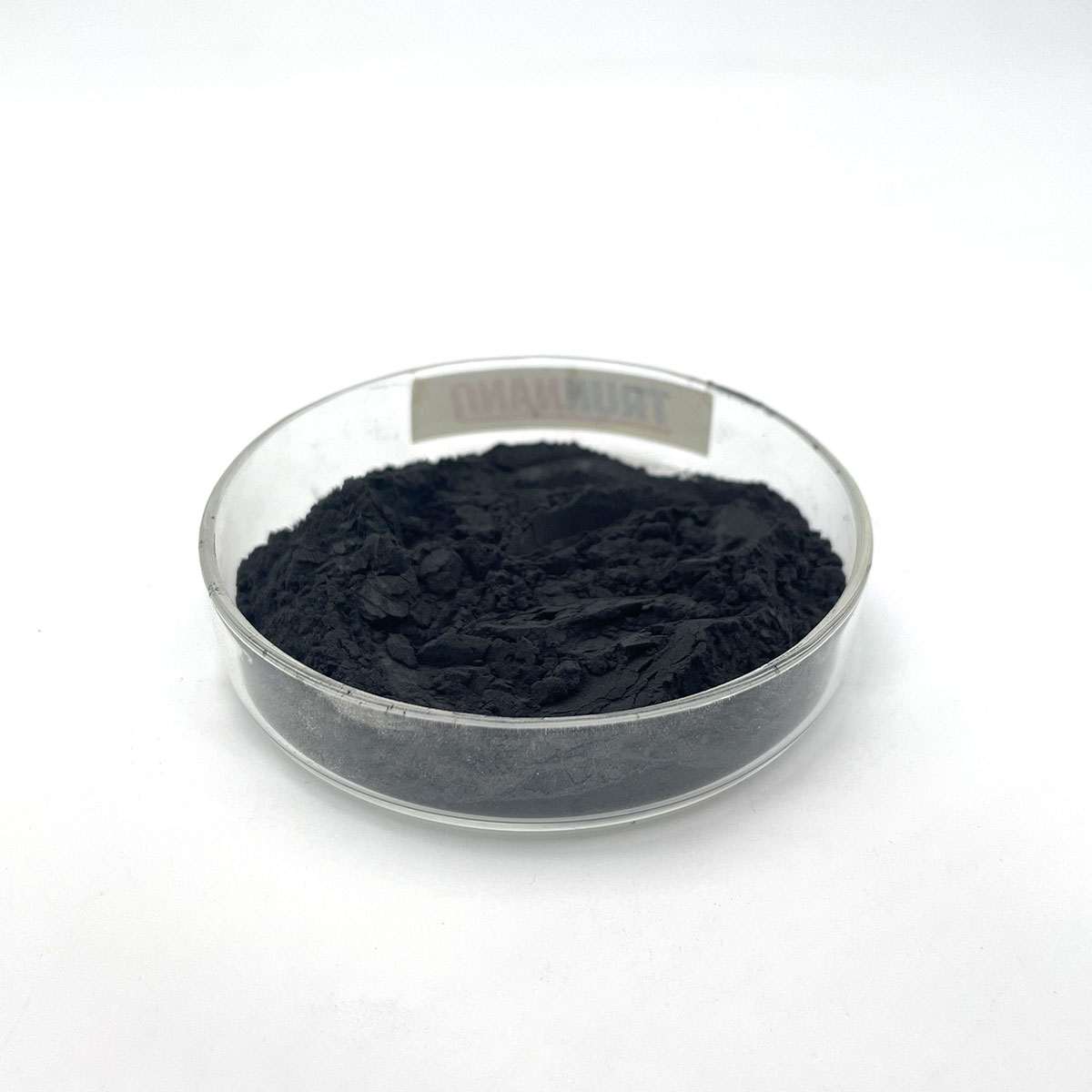Overview of P type Bismuth telluride doped Antimony 99.99% 200mesh Photoelectric material Bi0.5Sb1.5Te3 P Type Bi2Te3 powd
Telluride and selenide compounds play a significant role in the field of semiconductors, particularly in the development of advanced electronic and optoelectronic devices. These materials belong to the chalcogenide family, characterized by their ability to form compounds with elements from groups IV-VI in the periodic table.
Tellurides: Compounds containing tellurium (Te) as the chalcogen. Examples include cadmium telluride (CdTe), mercury telluride (HgTe), and zinc telluride (ZnTe). These materials have found applications in solar cells, infrared detectors, and high-speed electronics due to their tunable bandgap, high electron mobility, and good thermal stability.
Selenides: Similar to tellurides, but with selenium (Se) replacing tellurium. Notable examples are cadmium selenide (CdSe), gallium selenide (GaSe), and zinc selenide (ZnSe). Selenide compounds are widely used in light-emitting diodes (LEDs), laser diodes, and solar cells due to their direct bandgap properties and efficient light absorption/emission capabilities.
Feature of P type Bismuth telluride doped Antimony 99.99% 200mesh Photoelectric material Bi0.5Sb1.5Te3 P Type Bi2Te3 powd
Direct Bandgap: Many telluride and selenide semiconductors have direct bandgaps, which facilitate efficient light emission and absorption processes. This makes them suitable for optoelectronic applications such as LEDs and lasers.
Tunable Bandgap: The bandgap of these materials can be adjusted by alloying or altering the composition (e.g., CdSe to CdTe), enabling customization for specific device requirements across a wide spectrum of wavelengths.
High Electron Mobility: Materials like HgCdTe exhibit high electron mobility, which is crucial for high-speed electronic devices and low-noise detector applications.
Thermal Stability: Some tellurides and selenides, like ZnTe and ZnSe, demonstrate good thermal stability, making them suitable for high-temperature operation and processing.
Non-Toxic Alternatives: With increasing environmental concerns, there’s a push towards exploring less toxic alternatives to commonly used semiconductors. For instance, Cd-based tellurides and selenides are being replaced or combined with less toxic elements like Mg or Mn in some applications.

(P type Bismuth telluride doped Antimony 99.99% 200mesh Photoelectric material Bi0.5Sb1.5Te3 P Type Bi2Te3 powd)
Parameters of P type Bismuth telluride doped Antimony 99.99% 200mesh Photoelectric material Bi0.5Sb1.5Te3 P Type Bi2Te3 powd
Bismuth Telluride (Bi2Te3) is a promising material in the field of photovoltaics and optoelectronics due to its unique properties, such as high thermoelectric performance and sensitivity to light. Doping antimony (Sb) into Bi2Te3 can further enhance its characteristics, particularly when using high-purity Sb with a 99.99% purity level. In this case, we have a p-type Bi0.5Sb1.5Te3 compound, where the composition is intentionally engineered to achieve a p-type conductivity.
The material is processed into a fine powder form with a particle size of 200 mesh. This particle size is crucial for efficient light absorption and heat transfer, as smaller particles provide a larger surface area for interaction with incident photons. The 200-mesh powder ensures a consistent and uniform distribution, facilitating better integration in devices like photodiodes or thermoelectric generators.
The p-type doping introduces excess holes, which are positively charged carriers, making the material more susceptible to photoexcitation. These holes are generated when an electron from an impurity atom is knocked out, leaving behind a positive charge. This property enables the material to convert light directly into electrical current, a key characteristic for photovoltaic applications.
The bandgap of Bi0.5Sb1.5Te3 is essential for determining its optical response. By optimizing the Sb content, the bandgap can be tuned to capture a wide range of the solar spectrum, enhancing the efficiency of solar energy conversion. The precise stoichiometry also affects the material’s carrier mobility and lifetime, which are critical factors influencing the overall device performance.
In addition to its photovoltaic potential, Bi0.5Sb1.5Te3 exhibits good thermoelectric properties, allowing it to generate electricity from temperature differences. The combination of these two attributes makes it a sought-after material for waste heat recovery and portable power generation systems.
To summarize, the high-purity (99.99%) p-type Bi0.5Sb1.5Te3 photoelectric material with a 200-mesh powder composition offers exceptional properties for both photovoltaic and thermoelectric applications. Its fine particle size, tailored bandgap, and efficient carrier generation make it a competitive candidate for next-generation optoelectronic devices that harness light and convert it into useful electrical energy. Further research and development can lead to improved performance and widespread adoption in various industries, including renewable energy and electronic cooling technologies.

(P type Bismuth telluride doped Antimony 99.99% 200mesh Photoelectric material Bi0.5Sb1.5Te3 P Type Bi2Te3 powd)
FAQ of Semiconductor Materials
Inquiry us






